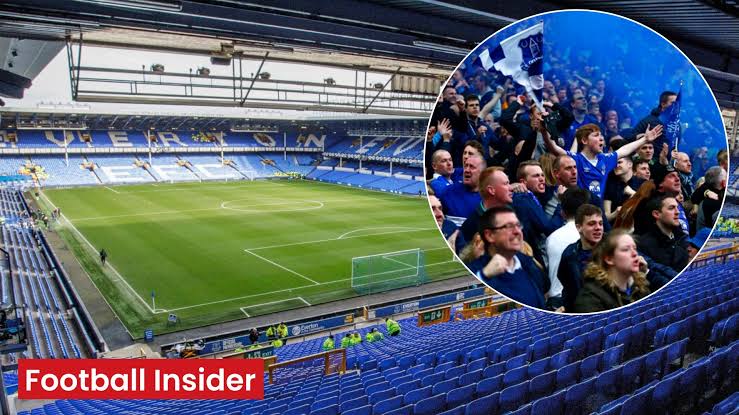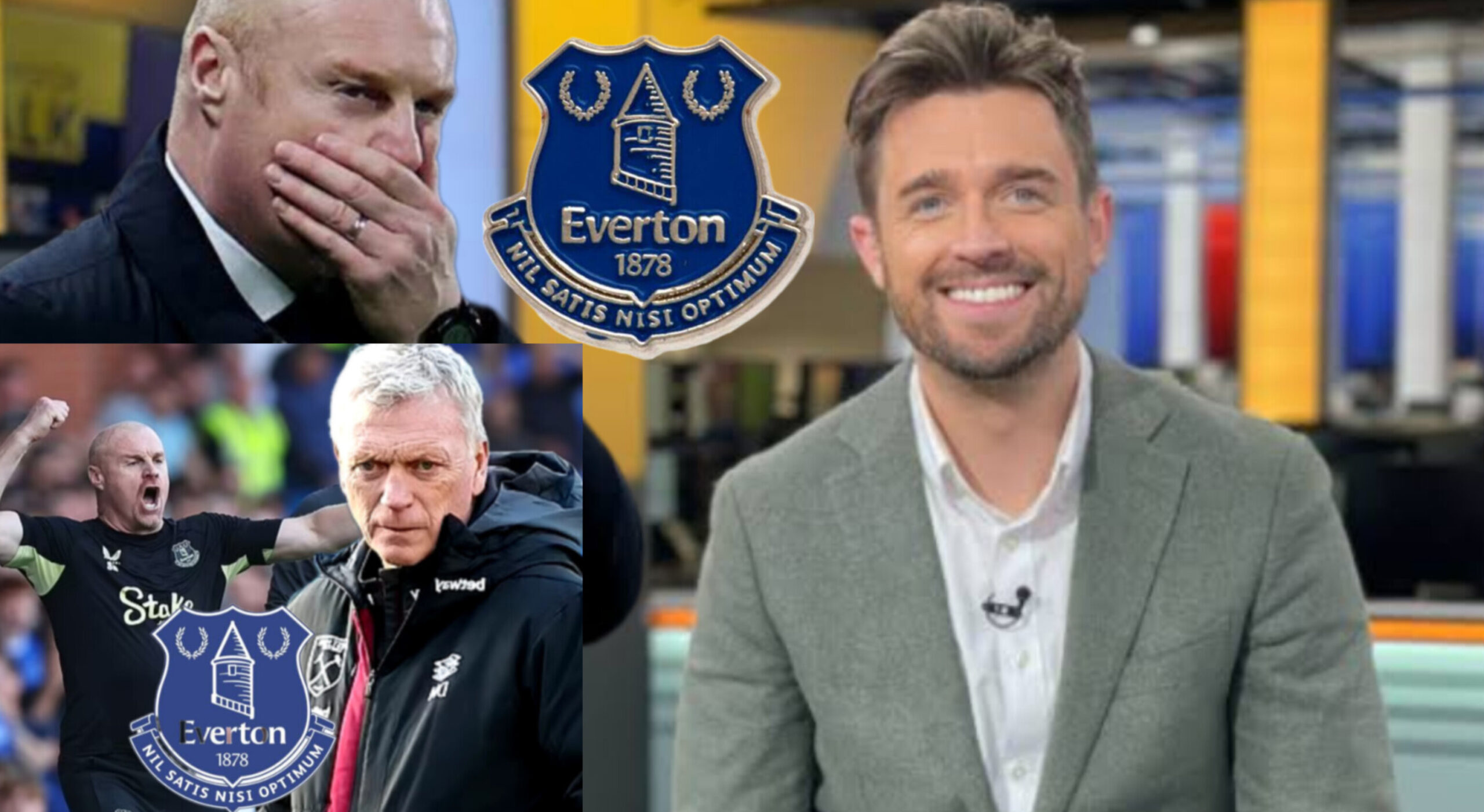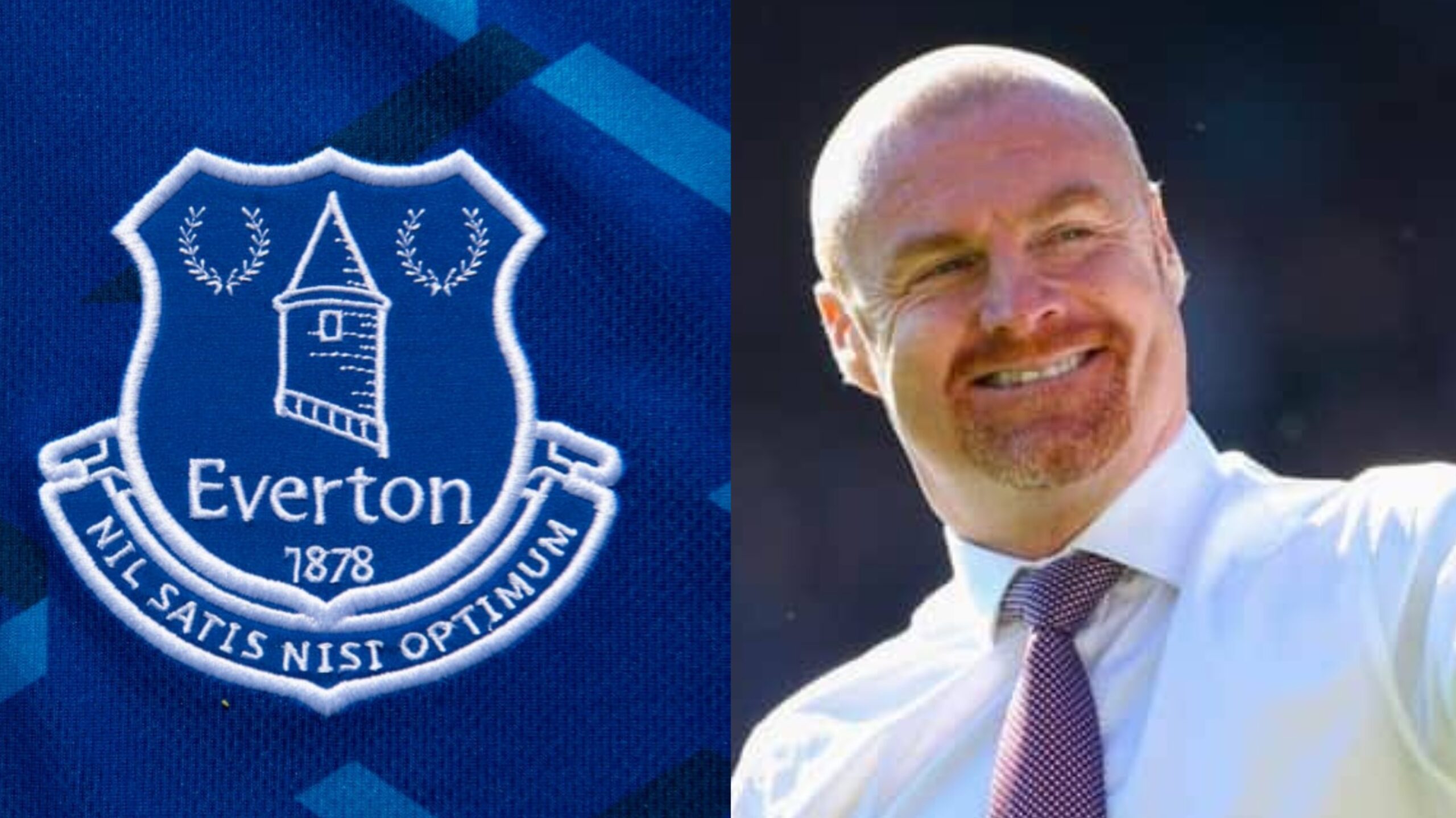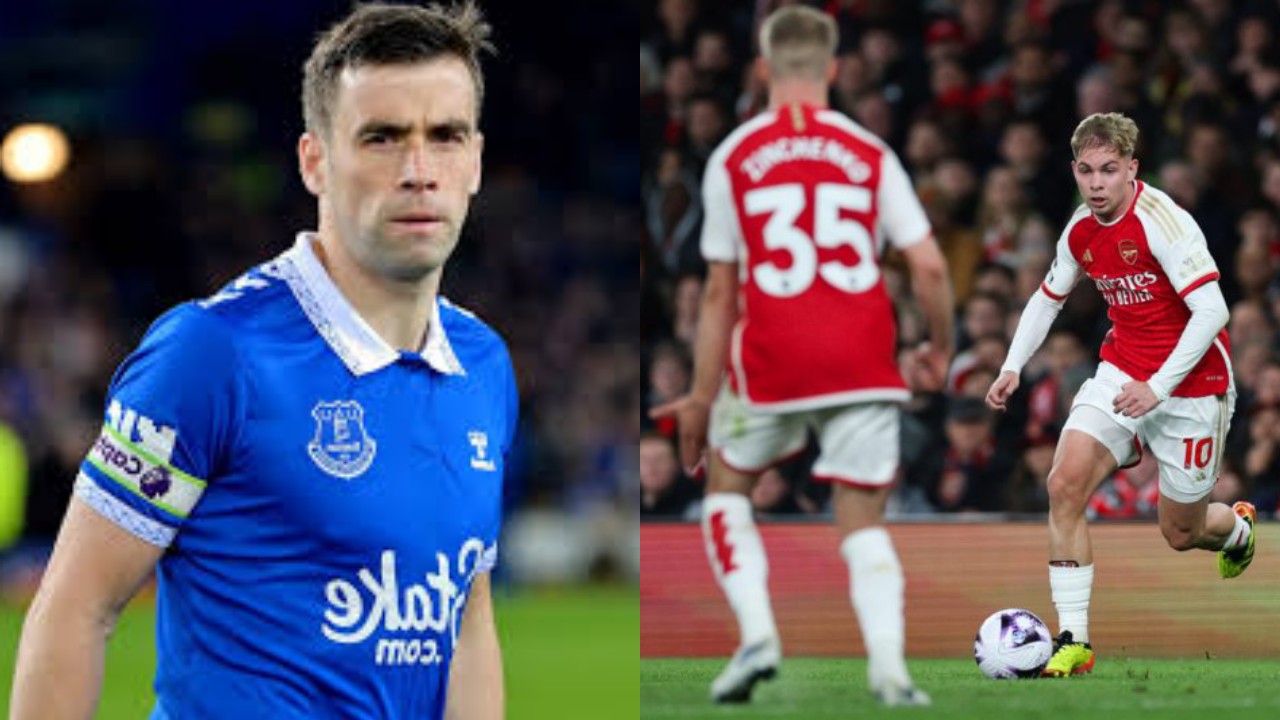Roma’s sporting director Florent Ghisolfi has recently addressed concerns about the Friedkin Group’s commitment to AS Roma, particularly in light of their ongoing discussions regarding a potential takeover of Everton Football Club. In an interview with Il Romanista on October 2nd, Ghisolfi emphasized the unwavering dedication of the American owners to the Italian club.
Ghisolfi’s comments come at a time when some Roma supporters have expressed apprehension about the possibility of the Friedkins divesting their interest in Roma to focus on Everton. However, the sporting director’s statements paint a picture of owners who remain deeply invested in Roma’s success, both financially and in terms of personal engagement.
According to Ghisolfi, the Friedkins have consistently demonstrated their commitment to Roma through substantial economic investments and by dedicating significant personal energy to the club’s operations. He stressed that the owners’ primary objective is to see Roma succeed, although he acknowledged that this goal must be achieved through a carefully planned strategy.
Addressing the Everton situation directly, Ghisolfi stated that nothing has changed in terms of the Friedkins’ commitment to Roma. He emphasized that their level of involvement with the Italian club is so profound that it would be difficult for outsiders to fully comprehend. Ghisolfi positioned himself as a firsthand witness to the owners’ ongoing dedication to Roma’s cause.
These reassurances from a high-ranking Roma official offer insights into the Friedkins’ approach to multi-club ownership, a model that is becoming increasingly common in modern football. The statements suggest that the Friedkins are adopting a strategy where each club in their portfolio operates with a degree of autonomy, overseen by competent local leadership.
This approach to multi-club ownership recognizes the impracticality of micromanaging multiple football entities simultaneously. Instead, it relies on installing dedicated and capable management teams at each club. For Everton, should the takeover proceed, this could potentially lead to significant changes in the current management structure, possibly including the replacement of figures like Kevin Thelwell.
The multi-club ownership model, when executed effectively, can offer several advantages. It allows for focused attention on the specific needs and challenges of each club while also creating opportunities for synergy across the portfolio. This could manifest in various ways, such as shared resources for scouting, the exchange of playing philosophies, and the leveraging of collective expertise for mutual benefit.
For Everton supporters, Ghisolfi’s comments should provide some reassurance. They suggest that the Friedkins’ interest in Everton is not likely to come at the expense of their commitment to Roma. Instead, it points to a strategy of expanding their football interests while maintaining dedicated focus on each club’s individual success.
The potential for resource sharing between Roma and Everton could be particularly beneficial for the Merseyside club. Everton could potentially gain access to Roma’s scouting networks, tactical insights, and management expertise, all of which could contribute to improved performance both on and off the pitch.
However, it’s important to note that while multi-club ownership can offer these benefits, it also comes with challenges. Balancing the needs and ambitions of multiple clubs, navigating potential conflicts of interest, and maintaining distinct identities for each team are all issues that the Friedkins would need to address carefully.
In conclusion, Ghisolfi’s statements offer a glimpse into the Friedkins’ approach to football ownership. They suggest a model of committed but distributed leadership, where each club receives focused attention while benefiting from being part of a larger football network. For Everton, this could herald a new era of management and potentially open doors to resources and expertise that could help elevate the club’s standing in English and European football.
_Roma Sporting Director Allays Fears Over Friedkin’s Commitment_
AS Roma’s Sporting Director, Florent Ghisolfi, has moved to calm concerns that the Friedkin Group’s impending takeover of Everton FC will divert attention and resources away from….
_Roma Sporting Director Allays Fears Over Friedkin’s Commitment_
AS Roma’s Sporting Director, Florent Ghisolfi, has moved to calm concerns that the Friedkin Group’s impending takeover of Everton FC will divert attention and resources away from….






